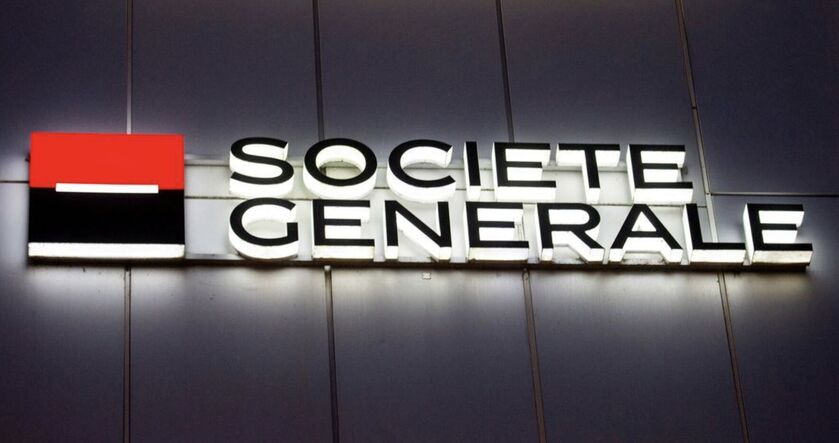French banking giant Societe Generale took a bold step forward this week by issuing its own stablecoin. However, the exact execution and approach behind this creation suggest an embrace of digital assets beyond most contemporaries.
For starters, SocGen's EUR Convertible stablecoin (EURCV) is—as the name suggests—denominated in Euros, rather than the far more common USD peg, as seen in market leaders Tether and USDC. SocGen (or more specifically, its digital asset arm SG-Forge) recognized the value and benefits of stablecoins, but saw that European traders are underrepresented.
SG-Forge CEO Jean-Marc Stenger told Financial Times this week that a truly global asset class like crypto, has no reason for USD hegemony; “The crypto ecosystem is concentrated on a few existing stablecoins, 90% denominated in USD... we think there's place in this field for a Euro stablecoin”.
Another key differentiator is EURCV's creation on the public ethereum blockchain, and open listing on Bitstamp exchange, whose CEO JB Graftieaux celebrated “the next step in building markets beyond the current dominance of USD-backed stablecoins”. J.P. Morgan in contrast keeps its JPM Coin settlement mechanism limited to institutional clients, and hidden from public view on the permissioned (i.e. private) Onyx blockchain.
Stenger believes that if SocGen wants to grow the implementation of TradFi vehicles (like bonds and tokenized funds) on the blockchain, they need to adopt the behaviors of the space: "The best way to channel [investors’] interest is to grow in the usual route and venue which you use in the crypto industry, which is to have your product listed on a crypto exchange".
One of EURCV's first implementations was in tokenization; a digital green bond issuance by SocGen this week; also on the public Ethereum blockchain. €10m of bonds were issued and purchased by AXA and Generali, available for settlement via EURCV. AXA’s head of innovation Laurence A. highlighted “the use of a stablecoin as a settlement asset to purchase a digital bond” as a key factor in their participation.
The reputation of an established bank may be a key benefit to the new stablecoin; Guilhem Chaumont, CEO of EURCV market makers Flowdesk foresees "a transformative impact where compliant blockchain-based operations by institutions will drastically increase in volume”, and Stenger touted compliance with forthcoming EU-wide MiCA (Markets in Crypto Assets) regulations, as the coin is fully-backed and holders “have direct recourse on the collateral assets of the stablecoin”.
In a world where stablecoins often come under attack from politicians and bankers, such arguments lose impact when banks themselves start to issue them.




























